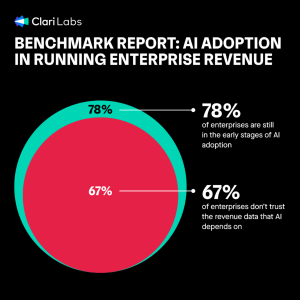Perhaps you yourself picked up gaming for the first time when you bought your first smartphone. Or perhaps you have relatives – aunts, uncles, cousins – who have embraced social gaming wholeheartedly after a lifetime of never picking up a game controller. Though every person will have a different experience, it’s amazing how similar these experiences tend to be. Social and mobile gaming have democratized video games to a greater extent than ever thought possible, and in the process, have opened up new demographics for gaming companies.
New Influences Create New Opportunities
The proliferation of mobile devices, such as smartphones and tablets, combined with the ease of use and ease of access that mobile and social games provide, is causing a dramatic shift in the gaming landscape. Though social gaming has by some reports plateaued, mobile titles are selling in greater numbers with each passing year, and are already on their way to outgrossing console titles. Clearly, the impact that social and mobile gaming has had on the industry, and the public at large is significant.
Though social gaming may be experiencing a slight slowdown in some circles, it is still a massive industry. Additionally, it looks to have a bright future in Asia, where markets like China are witnessing huge adoption numbers. In fact, second to Facebook, the most popular social gaming platform in the world is China’s Qzone. In Q3 2014, China’s online gaming market drove $ 4.53 billion in sales and the market is showing no signs of slowing down. China’s (and the world’s) largest gaming company, Tencent, reported $ 3.65 billion in revenue for Q1 2015, due primarily to mobile and social titles.
Mobile gaming, too, is becoming a juggernaut. Finnish developer Supercell generates billions of dollars annually with only three game titles: Clash of Clans (which made $ 1.8 billion in 2014), Boom Beach, and Hay Day. GungHo Online makes over a billion dollars per year from one title alone – the simple Puzzles and Dragons. And gaming company Machine Zone is no different; in fact, it only makes one title. With advertisements featuring model Kate Upton, Game of War: Fire Age is now the number one mobile title (in gross revenue) in 85 countries, despite being launched in July of 2013. It’s rather self-evident that mobile is here to stay.
Aren’t Mobile Games Free? Where Does the Revenue Come From?
What makes mobile and social gaming unique is the ways in which they generate revenue. Traditionally, gaming companies would develop titles, sell them to the consumer, and the revenue stream would be complete. The gaming market existed for years in a sort of closed cycle. The Internet makes this model outdated and needlessly confining, and mobile devices with advanced mobile processors enable today’s games to be more powerful and versatile than ever. It’s a terrific combination for gaming companies. For more information about the ways mobile processors are driving mobile gaming, check out Nvidia & Intel.
It’s true that mobile and social games are designed in such a way that they can often be given away for free. Build a simple game once, host it on the Cloud, and the potential number of users becomes nearly infinite. But companies are taking advantage of this new gaming model, rather than decry it. Chinese gaming company, Tencent, heavily leveraged in-game advertising and in-game (and in-app) purchases to record a $ 1.1 billion profit in Q1 2015.
Even games that are entirely free to play, and which feature no in-app or in-game purchases, can still generate revenue through adoption numbers alone. Just as it’s nearly impossible to visit a website now without being bombarded with advertisements, mobile and social games are quickly doing the same. Mobile and social games represent a medium, just like television or the Internet. And like those two platforms, it’s a medium that supports advertisements nicely. How nicely? Zynga earned $ 153 million from in-game ads alone in 2014.
With in-app and in-game purchases, along with in-game advertising, companies can continue to earn revenue from their consumers, rather than have to rely on a point-of-sale transaction alone. This new model has revolutionized the industry, and is likely to play a significant role for years to come. Gaming has suddenly adopted a retainer model without anyone really noticing!
The Old Models Aren’t Dead – Yet
Traditional gaming still has a place in the market – in fact, many of the Top 10 gaming companies in 2015 are primarily console companies – but the balance is shifting. Tencent is not just the largest mobile gaming company, it is the largest gaming company, period. Google, Apple, and King.com also have prominent places in the Top 10 list, and all three are primarily known for social and mobile titles. Additionally, companies like Nintendo, Activision, and Sony – all of which have significant investments in traditional gaming (consoles and PCs) – saw their rank position drop this year from last year. Console games will likely find a way to hold on, just as vinyl did, but there seems to be little question now as to what role they will play in the future. Mobile and social are the way forward, it would seem.
Business & Finance Articles on Business 2 Community(87)
Report Post








